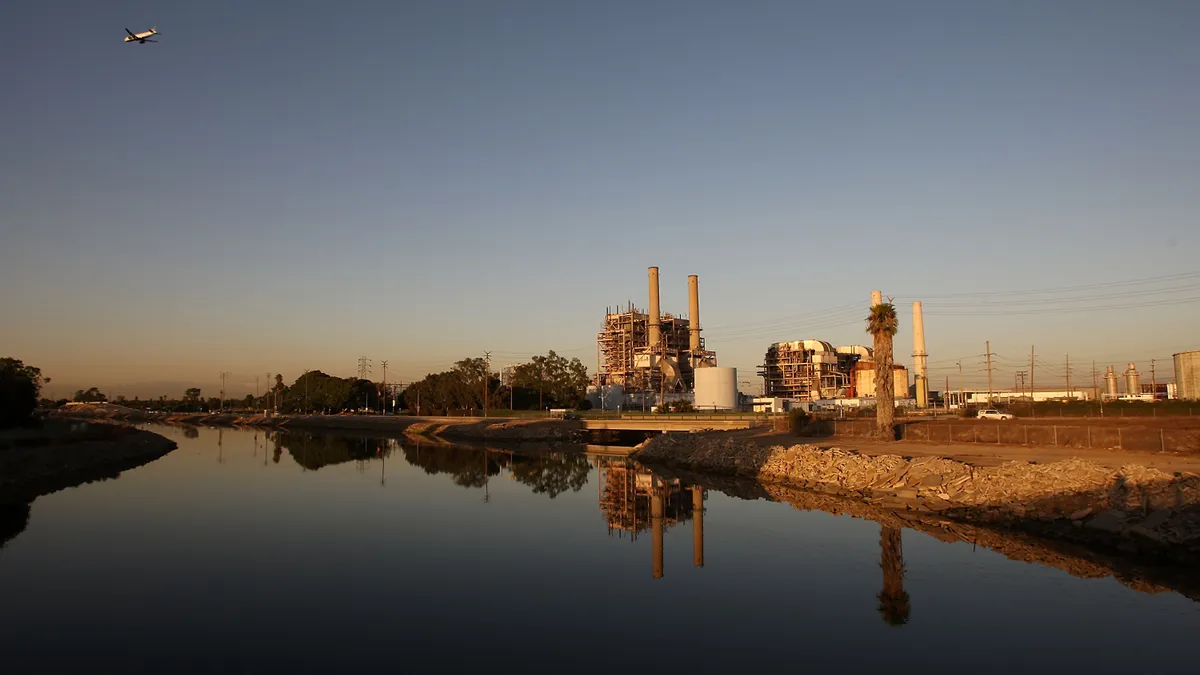Dive Brief:
- In order to gain approval for their $1.7 billion merger, staff at the Public Utilities Commission of Texas say Vistra Energy and Dynegy will need to sell 1,281 MW of Texas generation, Platts reports.
- In October the two companies announced Vistra would acquire Dynegy in an all-stock transaction that would possibly create the largest independent power producer in the county.
- But the combined company would be too large under the Electric Reliability Council of Texas' market rules, which forbid an individual participant from controlling more than 20% of the market.
Dive Insight:
The Vistra-Dynegy combined entity could be the largest independent power producer in the country, but that could cause problems with rules governing ERCOT. Company officials were prepared for this and have previously discussed possible divestiture strategies, but the amount of the generation that must be sold is higher than previously estimated.
Vistra CEO Curt Morgan last year said the company expected it would need to sell some generation to stay under ERCOT's 20% limit, but he said it would likely be under a gigawatt.
"We will need to do some modest mitigation, roughly around 900 MW in ERCOT," Morgan told analysts in a call discussing the merger. He said the company has two routes it can go, including the divestiture. But he referenced another possibility that would not require the company to sell assets.
"But there’s another avenue where we wouldn't have to do any divestitures at all," Morgan said, though he declined to elaborate. "We believe that we can execute that within this six-month period that we were talking about getting approvals, and we will have a mitigation plan in place when we file with PUC for approval."
"It’s pretty much a bright line test in ERCOT," he said. "We know that. We know what we need to get to and we’ve got activities to make that happen."
According to Platts, the combined company would own 18,807 MW in ERCOT. The total amount of capacity that the combined company would own is more than 46 GW. About 60% of that generation is gas-fired, with nearly 85% of it located in the ERCOT, PJM and ISO-NE competitive power markets.














